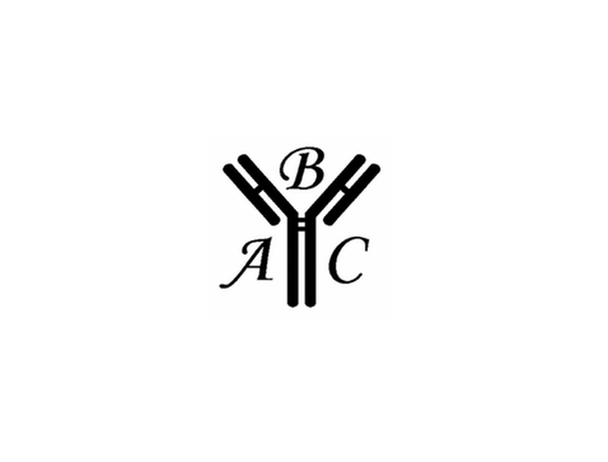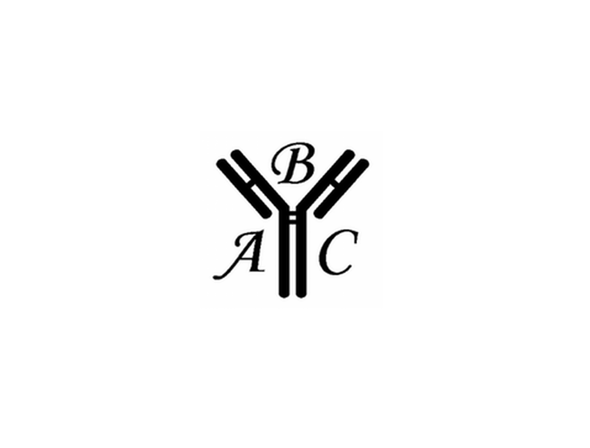FITC-conjugated Goat Anti-MDA (Malondialdehyde) | ABMC-F12
- SKU:
- ABMC-F12
- Availability:
- Usually shipped in 5 working days
- Size:
- 0.5 ml
Description
FITC-conjugated Goat Anti-MDA (Malondialdehyde) | ABMC-F12
| Host Species: | Goat |
| Concentration: | 1 mg/ml (OD 1.35 / 280 nm) |
| Antigen: | MDA-KLH |
| Purification: | Affinity purified |
| Buffer: | 75 mM Sodium Phosphate, 75 mM NaCl, 0.5 mM EDTA, 0.02% NaN3, pH 7.2 |
| Specificity |
Specifically binds to MDA. Molar F/P ratio is 3.1. The investigator should determine working dilutions. |
| Use: | The antibody can be used for detection of MDA in plasma, lipoproteins and other MDA modified proteins, immunoassays, immunoblots, enzyme conjugation, or biotinylation. |
| Storage: | -20°C for long-term storage, 4°C for short- term storage. Aliquot to avoid repeated freezing and thawing. |
| Form: | Freeze dried powder |
| Stabilizer: | 5 mg / ml Bovine Serum Albumin. |
|
Reconstitution and Storage: |
Freeze-dried product should be stored refrigerated until opened. After opening, restore to suggested ml volume with distilled water. If it is not completely clear after standing for 1-2 hours at room temperature, centrifuge the product. It is stable for several weeks at 4°C as an undiluted liquid. Do not use for more than one day after dilution. For extended storage after reconstitution, we suggest aliquot to avoid repeated freezing and thawing; or the addition of an equal volume of glycerol to make a final glycerol concentration of 50%, followed by storage at -20°C. The concentration of protein and buffer salts will decrease to one-half of the original after the addition of glycerol. |
*These products are for research or manufacturing use only, not for use in human therapeutic or diagnostic applications.
IMPORTANCE
Oxidative damage includes oxidative modification of cellular macromolecules, induction of cell death by apoptosis or necrosis, as well as structural tissue damage. Of the many biological targets of oxidative stress, lipids are the most involved class of biomolecules. Lipid oxidation gives rise to a number of secondary products of polyunsaturated fatty acid peroxidation. Malondialdehyde (MDA) is the principal and most studied product. Consistent evidence reveals the reaction between MDA and cellular macromolecules such as proteins, RNA and DNA (Valenzuela, 1991).
Numerous experiments have shown that MDA readily modifies proteins (Nair, 1986). MDA reacts with DNA to form adducts to deoxyguanosine and deoxyadenosine which may be mutagenic and these can be quantified in several human tissues (Marnett, 1999).This aldehyde is a highly toxic molecule and should be considered as a marker of lipid peroxidation. The interaction with DNA and proteins has often been referred to as potentially mutagenic and atherogenic (Rio et al., 2005).







